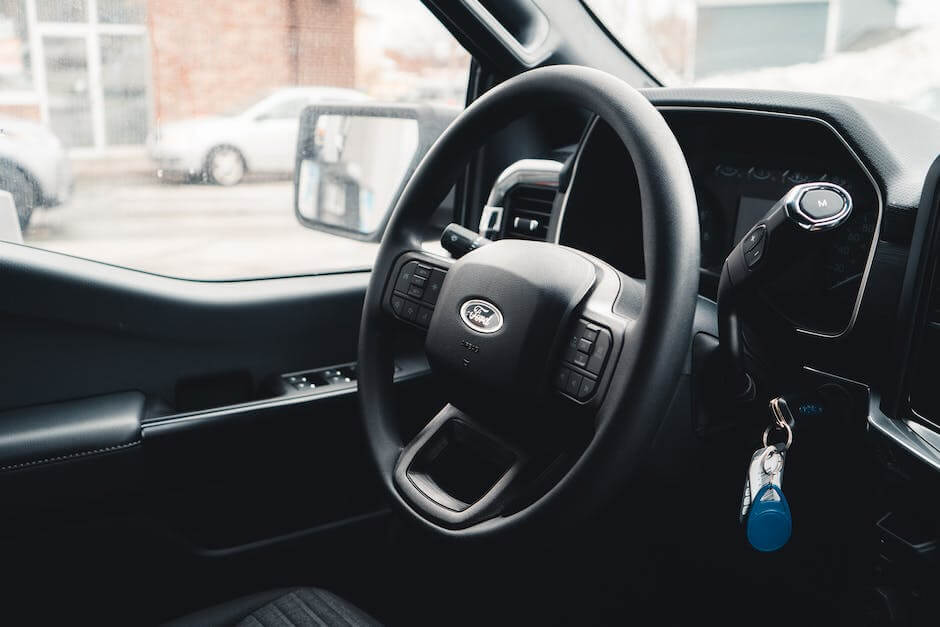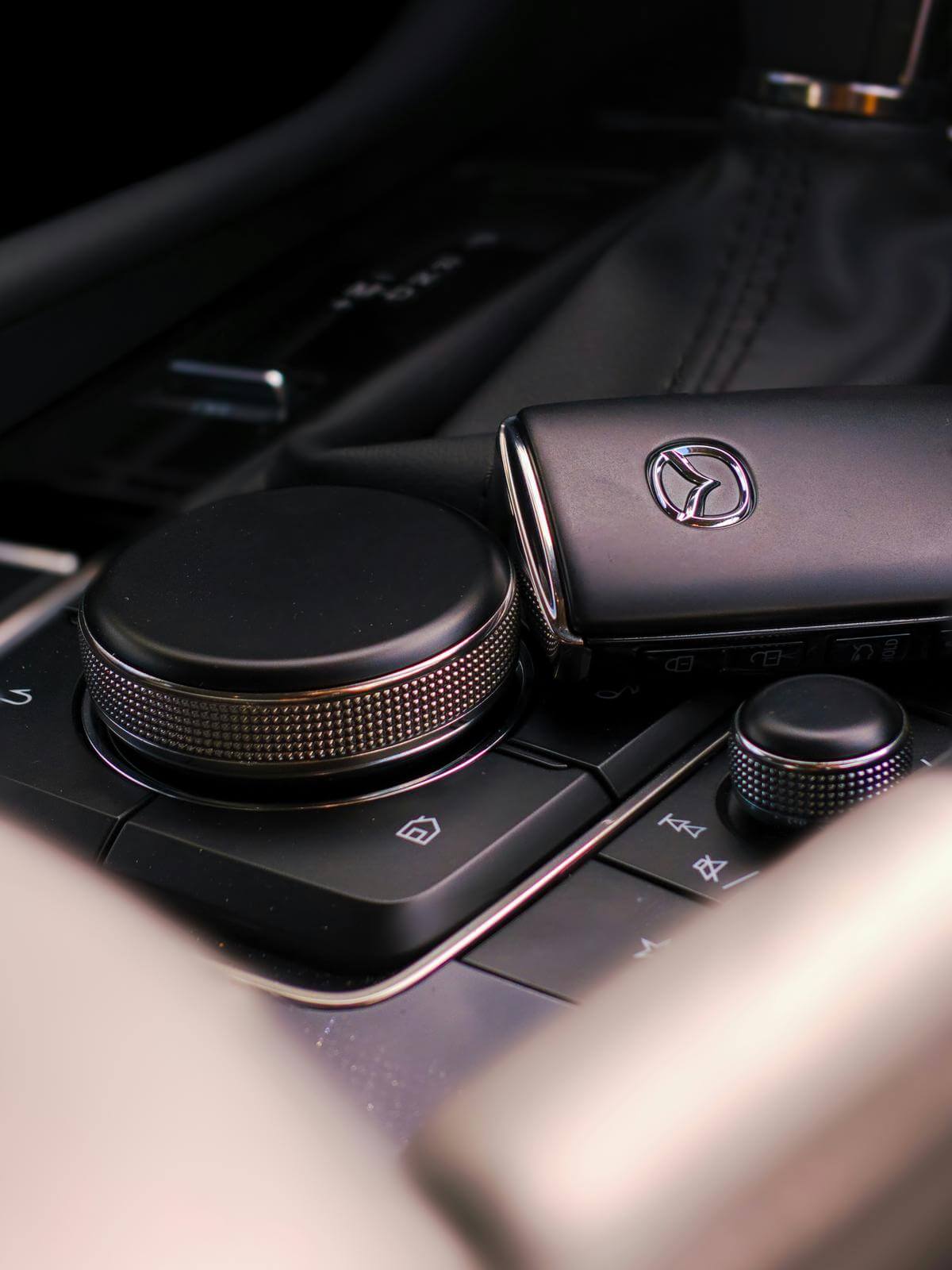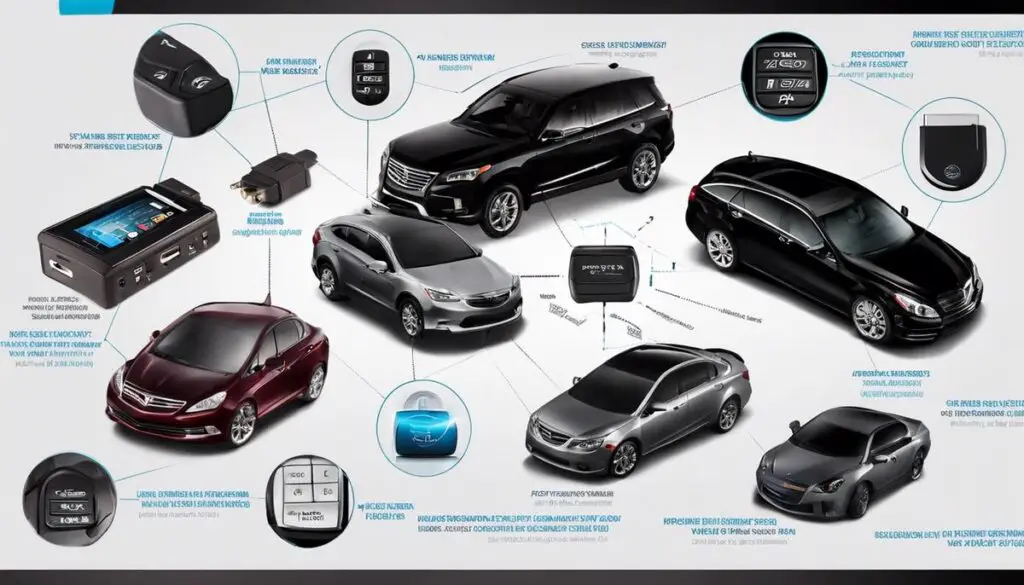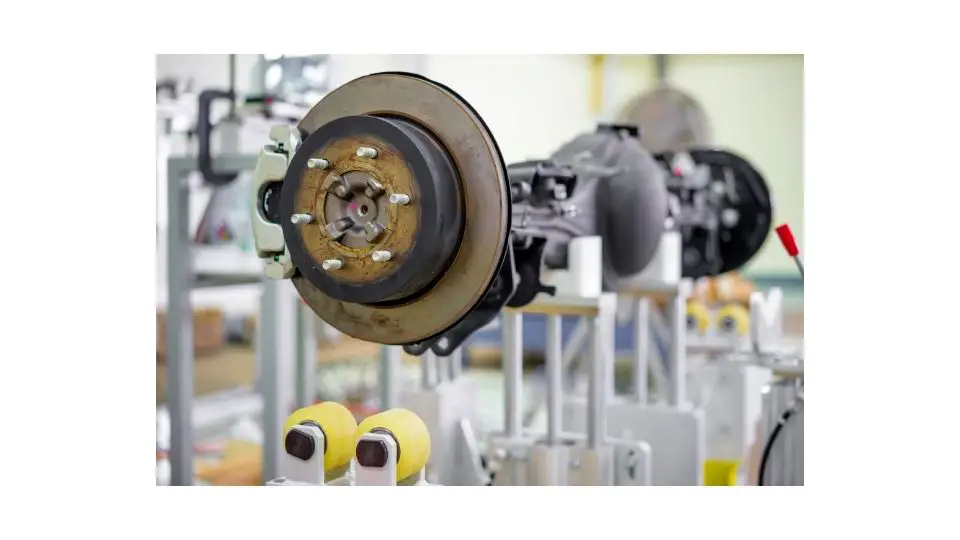If you’re like many automotive hobbyists, the ability to troubleshoot and handle the intricacies of your vehicle’s remote start system is a desirable skill. With our increasing reliance on technology for daily operations, understanding the operations of systems such as these are increasingly important. In this insightful coverage, we’ll delve into the world of remote start systems, helping you understand its function, components, and operation. You will also be enlightened on some of the common reasons these systems get disabled and how to identify such issues. But most importantly, you will be guided, step-by-step, on how to reset a disabled remote start system, empowering you with the knowledge to resolve such issues confidently and efficiently.
Understanding Remote Start Systems
Unveiling the Magic of Remote Start Systems
Ready to amplify your vehicle’s functionality and convenience? Then buckle up, it’s time to deep dive into the world of remote start systems – an exceptional hobby mastered by some, envied by many! Enthusiasts and beginners alike will surely appreciate this revolutionary technology as it’s a game-changer in any car aficionado’s life, promising boundless comfort and convenience.
A remote start system, in its basic essence, is a device that allows you to start your vehicle from a distance. Yes, you read that right. Think of those chilling winter mornings when stepping out even for a second seems unbearable. Well, all you need to do is push a button and your vehicle warms up before your commute, saving you from the frigid interiors of your car. And not just that, it works wonders during those scorching summer days too, cooling your car before you hop in. It’s not science fiction anymore, it’s real and here!
Now, let’s get under the hood and understand exactly what powers this technology. Two key ingredients make this happen – a remote control (aka key fob) and an electronic module installed in the vehicle. The user operates the remote control, and voila, the magic happens. Let’s break it down step-by-step:
- You click a button on your key fob.
- The control then transmits a radio frequency signal.
- The signal travels through the air, reaching your vehicle.
- The electronic module in your vehicle picks up this signal and verifies it.
- If all is verified, the module generates an ignition sequence, mimicking the one used to start it manually from inside. It starts the engine, and may even activate the heating or cooling system as pre-set by the user.
- Ultimately, you walk up to an already comfortable car, set to just the right temperature!
A remote start system doesn’t just offer convenience, though. It’s also a valuable tool for safety, allowing your car to warm up without the dangerous buildup of carbon monoxide that can occur in an enclosed space, such as a garage. It puts comfort, convenience, and safety right into your hands, quite literally!
Looking at the finer details, compatibility is key. Not all vehicles, especially older models, may be compatible with every kind of remote start system on the market. It’s essential to check the vehicle’s specifications and match them with the right remote start system. Also, engage professional help for installation should the need arise. It’s a detailed process requiring deep understanding, and you want to make sure it’s done right.
In a nutshell, a remote start system offers ease at your fingertips, bringing elevated convenience to your daily vehicle interaction. It’s one of those advancements that once you have, you wonder how you ever did without it. So, are you ready to give your vehicle this impactful upgrade? It’s about time!

Reasons Why Remote Start may be Disabled
Unwrapping the Mystery of Disabled Remote Start Systems
Whether you’re an automobile professional or an ardent car enthusiast, you can’t deny the significant role of remote start systems in our vehicles today. Let’s delve into the potential reasons why these handy devices might become disabled and some possible solutions.
One of the top causes of a disabled remote start system can be a problematic key fob. Car owners are often caught off guard by this. It’s crucial not to overlook this device’s functionality. Like any electronic gadget, a key fob runs on a battery that may wear down over time. Battery depletion leads to the disabling of the remote start system. Therefore, the first line of action should be to replace the key fob battery. Also, remember to check for any physical damage on the key fob that might prevent communication with the central system.
An equally important player in the game is the car battery. A vehicle’s battery is like its heart, fueling the operations of various systems, including the remote start. A weak or dead car battery could be the villain when the remote start system stops working. Conducting regular diagnostic tests on the vehicle’s battery will prevent unexpected failures.
Another vital tip brings us to the engine check light. If this illuminates on your dashboard, your remote start system may be disabled as a protective measure, to prevent further damage to your engine. The engine light might signal anything from a loose connector to a serious engine problem. It’s advised to investigate these signals promptly to keep your vehicle in top shape.
But what if the remote start system is functioning fine and there are no warning lights, yet the car refuses to start remotely? The safety features installed in modern vehicles might be the explanation behind this. Some cars are equipped with security systems that prevent the remote start from activating when the vehicle’s hood or doors are ajar.
Also, let’s not forget the most fundamental aspect – the transmission gear setting. Almost all remote start systems are designed to operate only when the vehicle is in the Park or Neutral position. If your car is left in any other gear, the remote starter will likely be disabled.
Exploring and understanding these elements can help diagnose and rectify the issues promptly. While this troubleshooting can be a fascinating journey of its own, it’s always recommended to consult skilled professionals for regular maintenance and inspections. They can provide valuable insights, and utilize high-tech diagnostics tools, to keep your vehicle and its amenities, like the remote start system, running seamlessly.
Remember, as with any hobby or passion, it’s not just about the destination – it’s also about the journey! So, step into your vehicle, hit that remote start button, and embark on the thrilling voyage of automotive discovery!

Photo by obionyeador on Unsplash
Step-by-step Guide to Reset a Disabled Remote Start System
Resetting a Disabled Remote Start Vehicle System: A Step-by-Step Guide
So you’ve got a fair amount of knowledge on remote start systems, can pick out advantages like comfort and convenience in your sleep, and can navigate compatibility issues like a pro. But occasionally, even the most well-versed of us encounter a hiccup that can leave us scratching our heads – a disabled remote start system.
Don’t fret just yet! This guide will help you navigate the steps needed to reset a disabled remote start system. But before we dive in, remember, when dealing with electronics in your vehicle, especially ones tied to your vehicle’s security, always considering professional assistance if you’re unsure.
Step One: Consult the Owner’s Manual
Your first point of reference should be the remote starter’s owner’s manual. The manual generally includes detailed instructions specific to your model. It isn’t uncommon for some systems to require a unique combination of key turns or button presses for a reset. If your manual doesn’t have the information you need, or you’ve misplaced it, don’t worry; the steps that follow are largely universal!
Step Two: Begin with the Basics
Ensure your car battery and the battery in your key fob are in good condition. Depressed batteries can sometimes lead to the disabling of remote start systems. If the problem persists, move on to the next step.
Step Three: Inspect the Hood Pin
One safety feature in most remote start systems is that they won’t operate if the hood is open. Check to see if your vehicle’s hood pin (the switch that detects if the hood is open or closed) is functioning correctly. A damaged or incorrectly installed hood pin might trick the system into thinking your hood is open, disabling the remote start.
Step Four: Check Vehicle Fault Codes
In instances where the engine check light is on, it’s likely the vehicle’s fault codes have disabled the remote start system. Hook up an OBD-II scanner. Even a basic reader can provide you with valuable intel on the source of the issue.
Step Five: Confirm that the Gear is in Park or Neutral
This may seem basic, but always verify that the transmission gear is either in Park or Neutral. Most remote start systems won’t work if the vehicle isn’t in these settings. Safety always comes first!
Step Six: Probe Factory Installed Anti-Theft Systems
In vehicles with factory-installed anti-theft systems, these systems often disable the remote starter when they detect an unauthorized entry. Review your vehicle’s manual to understand how the anti-theft system interacts with your remote start setup.
Once you’ve completed this checklist, your remote start should be back in full swing. If not, it may be time to consult a professional, who can inspect the circuits and mineral composition of the systems. After all, while we love the DIY approach, there’s a time and place for professional expertise.
As the saying goes – knowledge is having the right answer, intelligence is asking the right question. Never hesitate to seek expert advice whether it’s maintenance, inspections, or troubleshooting. You’re on an enlightening journey learning about remote start systems and each hurdle enhances your understanding and appreciation for this incredible technology! Happy troubleshooting!

Photo by markusspiske on Unsplash
Having absorbed the information in this detailed guide, you’re now equipped with a clear understanding of a remote start system and the common issues that might necessitate a reset. Not only have we looked at the components and functions of the system, but we have walked you through the potential causes for a disabled system. More critically, you’ve been taken through a comprehensive, step-by-step process of resetting the system. In navigating the often-intimidating world of automotive technology, this knowledge is not just power, but confidence, and the key to efficient problem-solving. As you forge ahead with your automotive explorations, remember to approach each task with patience and persistence, and you’ll continue to grow in your skills and understanding.





